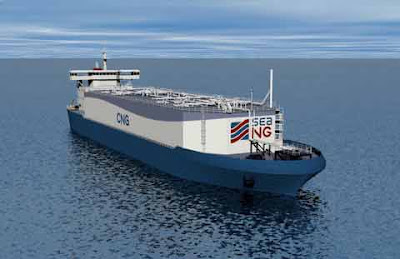As the demand of natural gas from the regional market increase, natural gas transportation systems emerge. Transporting natural gas across the oceans cannot be possible when it isn’t compressed. On the other hand, compressed natural gas allows more fuel per volume to be stored.
We may have seen natural gas vehicles and how it has become popular in the roads; however, we do not know the process that lies beneath these tanks. In order to make the natural gas a viable fuel for vehicles, it has to be compressed. Other than that, there are some plants and industries that need natural gas instead of fuel as their source to heat up and run some machines and equipment.
So, how is a compressed natural gas done?
We may have seen natural gas vehicles and how it has become popular in the roads; however, we do not know the process that lies beneath these tanks. In order to make the natural gas a viable fuel for vehicles, it has to be compressed. Other than that, there are some plants and industries that need natural gas instead of fuel as their source to heat up and run some machines and equipment.
So, how is a compressed natural gas done?

Although there are many methods of compressing the natural gas in order to transport it easily to the regional market, the most common method is called the diaphragm compressor. This is similar to the membrane compressor where compression occurs through the flexible membrane instead of the intake element. In other words, this type of compressor contains a series of chambers. Each chamber is equipped with a specially designed membrane. Gas is then pumped on to the first chamber. At this point, the membrane is constricting the volume. As the chamber becomes full, it is emptied and transferred into the next smaller chamber and so on. This process continues until it reaches the desired pressure of the natural gas. Keep in mind that the natural gas inside the tanks must have the right pressure and temperature otherwise, it would no longer be the gas needed to meet the need.
Now that we have understood the process of compressing the gas, it is now ready to be transported to the regional market.
So, you may want to know how natural gas is transported. There are different methods of transmission.

The transportation of natural gas has been in demand. There are companies that provide service by compressing the gas and placing it in tanks. These tanks are then shipped to meet the market’s needs across the oceans. These companies provide a system where gas tanks will be stored as it is loaded and unloaded at certain locations.
Natural gas has been used as an energy source. It may have its advantages and disadvantages but this gas is economical and effective. Not to mention the reason more and more industries prefer this as an alternative for the energy source, it is considered to be clean fuel. This is the most positive aspect of natural gas. It is known to be the cleanest fossil fuel available. All it takes is to handle these tanks with safety precautions and industries, vehicles and even households can take advantage of these natural gas.







No comments:
Post a Comment